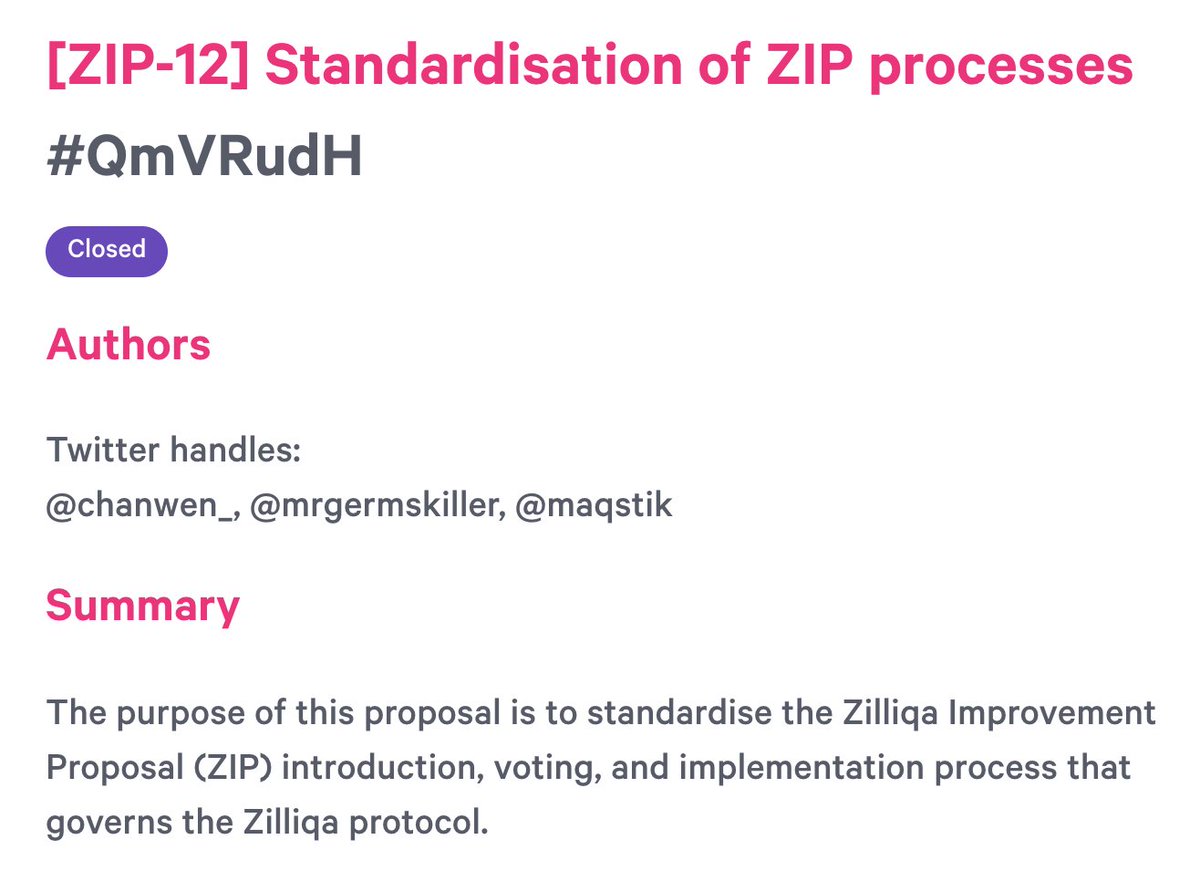
NFT and social token thesis for the $ZIL ecosystem: Celebrities and influencers carry as much value as any goods, product or services. In the blockchain world, it has started to give rise to the rebirth of NFTs which has naturally extended to social and fan tokens. 

We are witnessing the early signs of a decentralised creator economy which enables influencers, artists and in fact anyone to monetise themselves. Their ‘virtual’ value becoming tradable on a “humanised stock market” that enables trading of ownership or belonging to a community.
Creators in this economy get adequately recognised and rewarded for their skills, authenticity, ability to engage a large fan base and general know-how by having a direct access to their fans. Fans on the other hand can extract value for their contribution to creators' success.
To execute on this thesis, the community and the core team have to come together. Execution will be in phases that could very well overlap. In fact, we can already see some of the implementation within the ecosystem, some started by the core team and more by the dev community.
Let me elaborate a bit on how I see these phases come together:
Phase 1 (aka Build the Basics Phase): In this phase, we focus on building the basic tools to make sure that the ecosystem and the community has the needed infrastructure, tools and other resources available.
Phase 1 (aka Build the Basics Phase): In this phase, we focus on building the basic tools to make sure that the ecosystem and the community has the needed infrastructure, tools and other resources available.
I firmly believe that the success of the rest of the initiatives will heavily depend on the UI and UX of the tools and infra we build in this phase. There are a few key infrastructures that will be must:
1⃣ NFT marketplaces
2⃣ NFT wallets
3⃣ Contract standards
4⃣ Indexing tools
1⃣ NFT marketplaces
2⃣ NFT wallets
3⃣ Contract standards
4⃣ Indexing tools
Let's take NFT marketplaces for example. An ideal NFT marketplace must support:
1⃣ Easy access to NFT wallets
2⃣ Easy exploration of NFTs in all wallets
3⃣ Blind and public auctions
4⃣ Limited edition NFT drops
5⃣ Bonding curve NFT distribution
6⃣ Payment in Fiat and Crypto
1⃣ Easy access to NFT wallets
2⃣ Easy exploration of NFTs in all wallets
3⃣ Blind and public auctions
4⃣ Limited edition NFT drops
5⃣ Bonding curve NFT distribution
6⃣ Payment in Fiat and Crypto
7⃣ Royalty fees for secondary NFT sales
8⃣ Allow businesses to create a whitelabeled solution if needed with similar backend/smart contracts. This will be handy to build curated marketplaces that are less open.
8⃣ Allow businesses to create a whitelabeled solution if needed with similar backend/smart contracts. This will be handy to build curated marketplaces that are less open.
On a similar note, an ideal NFT wallet must have the following characteristics:
1⃣ Mobile first
2⃣ Magic, Zeeves, ZILPay and Moonlet login integrations
3⃣ Ability to view and manage NFTs easily
4⃣ Connect the wallet with the NFT marketplace
1⃣ Mobile first
2⃣ Magic, Zeeves, ZILPay and Moonlet login integrations
3⃣ Ability to view and manage NFTs easily
4⃣ Connect the wallet with the NFT marketplace
Phase 2 (aka Growth Hacking Phase): In this phase, we ought to focus on building a community that supports the idea of NFTs and fan tokens. Without a supporting community that has a critical size, it is impossible to go any further. As any further building will not see traction.
The idea will be to build a community of collectors, fans, curators, artists and enthusiasts from all walks of lives. But, we won't be able to build a community without the right products and growth incentives to drive the demand for those products within that community.
To this end, the core team and the community should come together and take initiatives like:
1⃣ Build products to drive NFT volume on marketplaces.
2⃣ Set up a Creator’s Fund run as a DAO, the ownership of which can be tokenised and be tradable on ZILSwap.
1⃣ Build products to drive NFT volume on marketplaces.
2⃣ Set up a Creator’s Fund run as a DAO, the ownership of which can be tokenised and be tradable on ZILSwap.
3⃣ Create incentives for people to engage with NFTs and social tokens.
4⃣ Create a market for NFT creators which encourages creators to create more assets knowing that there will be a market for their assets.
4⃣ Create a market for NFT creators which encourages creators to create more assets knowing that there will be a market for their assets.
Phase 3 (aka Advanced Building): This is the phase to go crazy. For example:
1⃣ New NFT application directions
2⃣ Decentralised Patreon for everything
3⃣ Decentralised social media
4⃣ Use DeFi to solve NFT liquidity
5⃣ Collectible games
1⃣ New NFT application directions
2⃣ Decentralised Patreon for everything
3⃣ Decentralised social media
4⃣ Use DeFi to solve NFT liquidity
5⃣ Collectible games
We're seeing great work in all phases. Marketplaces like @mintable_app @Okimoto_Dex, wallets like @spardaproject, NFT products like Elons, @de_monsters @ZilDuck, ZILStarts, and social tokens like @UFFSports @XcademyOfficial . A lot many are also being supported by @zilhive.
Let's keep building and bring more users to each of these products and to those which will come in the near future.
Cheers!
Cheers!
• • •
Missing some Tweet in this thread? You can try to
force a refresh




